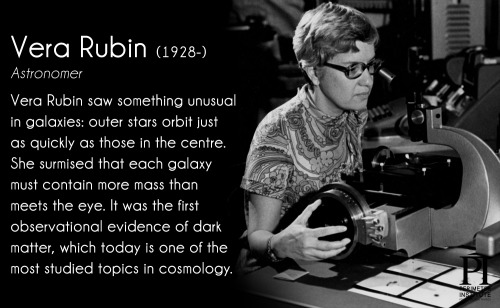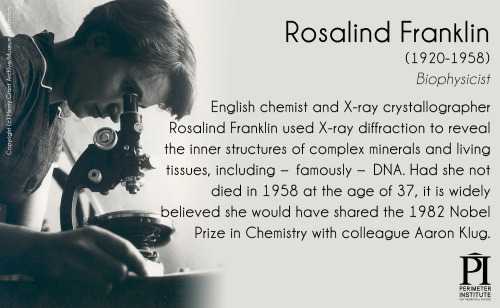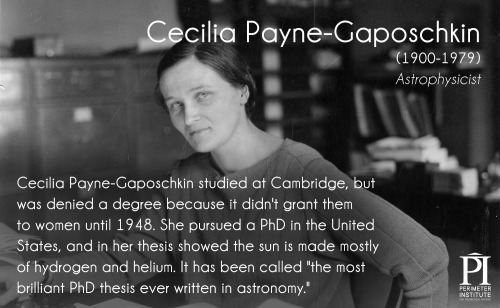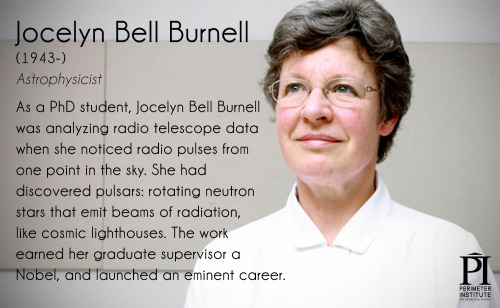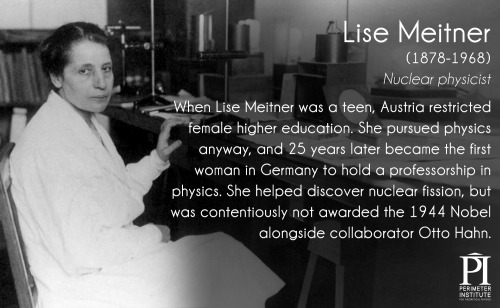NTU And JTC Develop Enhanced Fire Protection For Steel
NTU and JTC develop enhanced fire protection for steel

Credit: shutterstock/Anusorn Abthaisong
Scientists from Nanyang Technological University (NTU), Singapore, and national industrial developer JTC have unveiled what they are calling a 3-in-1 coating for better fire and corrosion protection.
‘In a fire, our coating forms a compact charred layer that acts as a protective barrier against the heat,’ explained Aravind Dasari, a Principal Investigator at the NTU–JTC Industrial Infrastructure Innovation Centre.
Called FiroShield, the coating functions like regular paint and is easy to apply, according to the research team. It can be applied on bare steel without the need for sand blasting, and provides protection against fire for two hours.
Dasari explained, ‘While typical fire coatings will also form a charred layer, those are thick and foam-like, which can fall off easily and leave the steel exposed to the fire. What we aimed at was an innovative coat that works differently from conventional intumescent coatings and can stick to the steel surface for as long as possible under high temperatures, and yet has durability and weather resistance under normal conditions without a need for a top coat of paint.’
To find out more see the January issue of Materials World or visit bit.ly/2nft8Z3
More Posts from T-sci-eng and Others




Concrete vs. Cement
Concrete and cement are (mostly) two different materials. Why mostly? Because concrete is made using cement. Though cement can (technically) be used on its own, concrete cannot be made without first making cement.
Classified as a ceramic, cement starts as a powder, a mixture of limestone and other minerals, which is heated and mixed with gypsum to form what we know of as cement. Still a powder in this form, once water is added and mixed the cement then hardens.
Portland cement, probably the most well known and commonly used cement, is classified as a hydraulic cement. This essentially means that once water has been added the chemical reaction, called hydration, that hardens the cement is not dependent on how much water is added. Hydraulic cements can harden underwater and remain strong even in wet conditions. As a side note, Portland cement is not a brand name, but a particular type of cement.
On the other hand, concrete is composed of cement, aggregate, and water, and is thus classified as a composite. Composites are defined as consisting of a matrix or binder that has a reinforcement within it. In the case of concrete, the cement water mixture is the matrix in which the reinforcement, or aggregate exists.
The aggregate is typically comprised of stones, rocks, and sand and its addition increases the durability of the concrete. The amount of the aggregate or the size of the aggregate added can also effect the water-to-cement ratio required to harden the material, strengthening the final product. The hardening process continues for years, meaning that concrete only gets stronger with age.
Though most concretes are lime-based, asphalt concrete uses asphalt as the cement material and polymer concretes also exist. Another common type of concrete is reinforced concrete, in which rebar, or reinforcing bars, are embedded within to add to the strength of the concrete.
Sources: ( 1 ) ( 2 ) ( 3 ) ( 4 ) ( 5 )

Proof without words - Pi
This was intended to be posted on Pi-day earlier this month, but somehow that didn’t happen.
Hope this beautiful pi gif on this sizzling Saturday puts a smile on your face and guides you through the day.
Have a good one!
Photo credit: Lucas V. Barbosa via Wikimedia Commons
** FYP’s Pi-day post ( if you are interested )
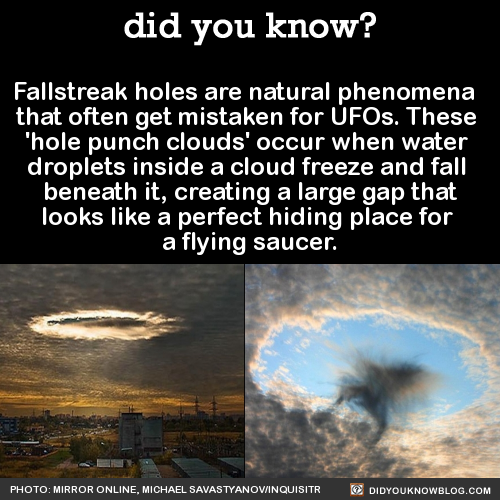
Fallstreak holes are natural phenomena that often get mistaken for UFOs. These ‘hole punch clouds’ occur when water droplets inside a cloud freeze and fall beneath it, creating a large gap that looks like a perfect hiding place for a flying saucer.



Aliens, obvi.

The rarity of fallstreak holes is what tends to throw people.

That paired with the tendency to look at anything in the sky and cry ‘UFO!’ is the perfect makings of a false alien alarm.

Sometimes these clouds have little rainbows inside.


They aren’t always circular, though…

They make all kinds of crazy shapes.

Including airplane/sword/cross/wieners.

Photos via: Rantplaces
Source
More Than You Ever Wanted to Know About Mechanical Engineering, Part 33: Stress Concentrations With Fluctuating Stresses
There’s one last complication to consider with fluctuating stresses. When we looked at the case of fully reversed stresses (that is, σ_m = 0, σ_a ≠ 0) we found a fatigue stress concentration factor based on the stress concentration factor for a static situation.
With a fluctuating stress, the situation is a little different. Since the mean stress is non-zero, the part is always under some kind of load. We can consider the effects of this constant mean stress separately from the effects of the momentary alternating stress and assign them a separate fatigue stress concentration factor, which we’ll call K_fm.
Let’s think about what’s actually physically happening to a part being subjected to a fluctuating stress. Let’s say we’re dealing with a plate with a slot in it subjected to fluctuating tension.

There’s obviously a large stress concentration at the slot that we’ll have to take into account.
There’s three different scenarios which can occur here. The first is that the maximum stress the plate sees (the largest value of combined mean and alternating stress, taking stress concentrations into account) never approaches the yield strength of the material. The plate just stretches and contracts elastically. This isn’t really any different from our previous situation with fatigue stress concentration factors - we can use the K_f factor we got earlier here.

But suppose the yield strength is exceeded. What happens then? If the maximum stress is greater than the yield strength, then the plate must deform plastically at that point of maximum stress - the slot must widen. If the slot is wider, then the stress concentration is relieved - there’s more room for movement before the geometry stops you. If other words, the fatigue stress concentration factor is lessened.
If it’s just your maximum stress that exceeds the yield strength but your minimum stress is still below it, this localized yielding will be one-sided - you’ll get a slot that’s widened on one side, but you’ll still have some overall mean stress. If this is the case, you base your stress concentration factor on the relationship of the mean and alternating stresses to the yield strength.

If both your minimum and maximum stresses exceed the yield strength of the material, you get a situation where you’ve widened the slot as far as you can without actually breaking the part on both sides and you’re experiencing a stress of magnitude equal to the yield strength at either extreme of the fluctuation. Since you now have a fluctuation with equal and opposite extremes, your mean stress is zero - the mean fatigue stress concentration factor is zero. The scenario is now one of fully reversed loading and the mean stress drops right out of it.


A sponge can’t soak up mercury. (Video) Facebook | Instagram | Scary Story Website
On Monday, the Onion reported that the “Nation’s math teachers introduce 27 new trig functions”. It’s a funny read. The gamsin, negtan, and cosvnx from the Onion article are fictional, but the piece has a kernel of truth: there are 10 secret trig functions you’ve never heard of, and they have delightful names like ‘haversine’ and ‘exsecant’.




Ceramics: Aluminum Nitride
First synthesized in the late 1800s, aluminum nitride’s potential wasn’t realized until a hundred years later in the late 1900s. AlN is a ceramic with high thermal conductivity but is an electrical insulator. It is classified as a covalent compound, the only stable compound in the binary Al-N system.
AlN is similar in properties to beryllium oxide (BeO), but is cheaper and has less of a potential to be toxic. In addition to the properties mentioned above, this ceramic also has high chemical resistance and exhibits piezoelectric properties.
Thanks to its thermal and electrical conductivity properties, AlN is useful in microelectronics. It is used in microelectronic packaging, surface acoustic wave sensors, in RF filters, as a crucible for the growth of gallium arsenide crystals, in piezoelectric MEMs applications, and many more. In addition, the wurtzite phase of aluminum nitride, w-AlN, is a wide band gap semiconductor material, with potential applications in deep ultraviolet optoelectronics.
Because AlN is a covalent compound, high pressures or sintering aids are required to assist densification during production. Typical additives include rare-earth or alkaline-earth oxides, such as yttrium compounds. The additives and sintering conditions used can alter the properties of commercially available grades of AlN.
Sources: ( 1 ) ( 2 - images 2 and 3 ) ( 3 - images 1 and 4 ) ( 4 )

Behold the awesomeness that is the heart of a blue whale. This colossal organ weighs 440 pounds and was retrieved from the carcass of a whale that had washed up on the shore of Newfoundland in 2014. Despite decomposition the heart was still in such great condition that it was a perfect candidate for preservation via plastination, which is precisely what was done by mammalogy technicians at the Royal Ontario Museum in Toronto.
Head over to Wired to learn how museum scientists went about preserving this titanic ticker.
[via Wired]
-
 beardedgiverfun reblogged this · 6 years ago
beardedgiverfun reblogged this · 6 years ago -
 thealchemistal liked this · 6 years ago
thealchemistal liked this · 6 years ago -
 dearkurisu liked this · 6 years ago
dearkurisu liked this · 6 years ago -
 t-archnstruct reblogged this · 7 years ago
t-archnstruct reblogged this · 7 years ago -
 t-sci-eng reblogged this · 7 years ago
t-sci-eng reblogged this · 7 years ago -
 uterebk1 liked this · 7 years ago
uterebk1 liked this · 7 years ago -
 climate-changing liked this · 7 years ago
climate-changing liked this · 7 years ago -
 sciencenerd4-blog liked this · 7 years ago
sciencenerd4-blog liked this · 7 years ago -
 angel-no-crux liked this · 7 years ago
angel-no-crux liked this · 7 years ago -
 hawks45-blog1 liked this · 7 years ago
hawks45-blog1 liked this · 7 years ago -
 notmachomasculine-blog reblogged this · 7 years ago
notmachomasculine-blog reblogged this · 7 years ago -
 materialsscienceandengineering reblogged this · 7 years ago
materialsscienceandengineering reblogged this · 7 years ago -
 rametarin liked this · 7 years ago
rametarin liked this · 7 years ago -
 noncensitive liked this · 7 years ago
noncensitive liked this · 7 years ago -
 random64jtv liked this · 7 years ago
random64jtv liked this · 7 years ago -
 materialsworld reblogged this · 7 years ago
materialsworld reblogged this · 7 years ago











